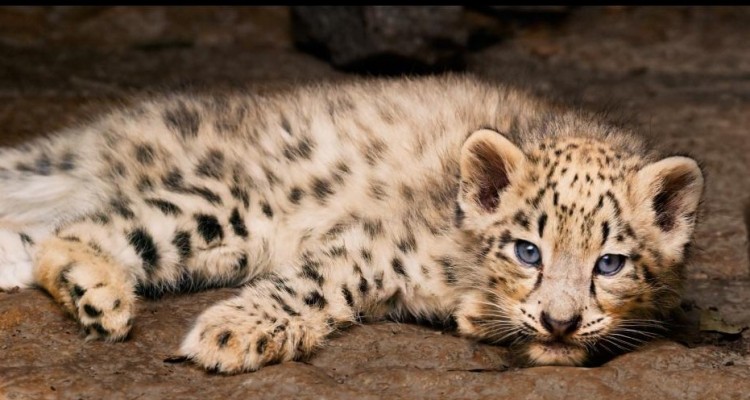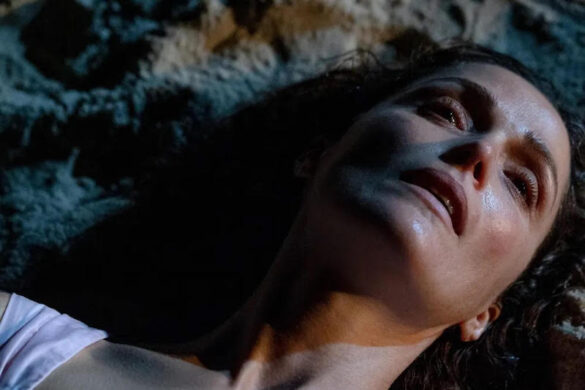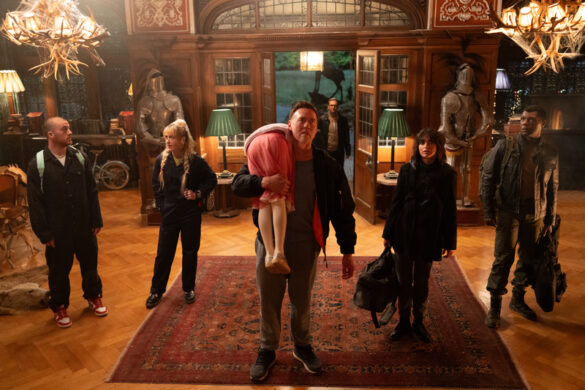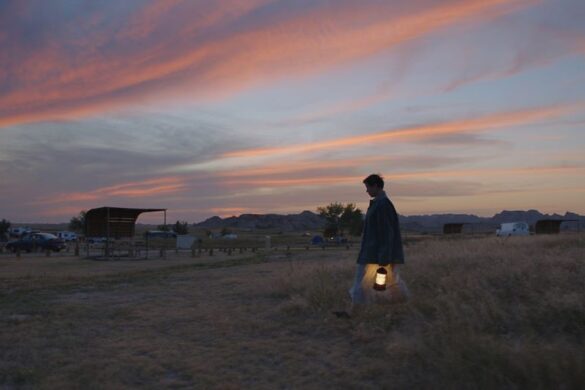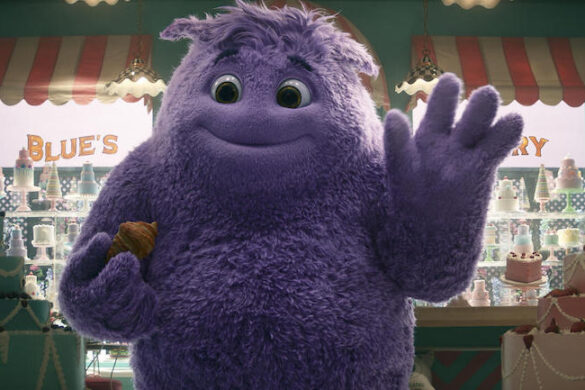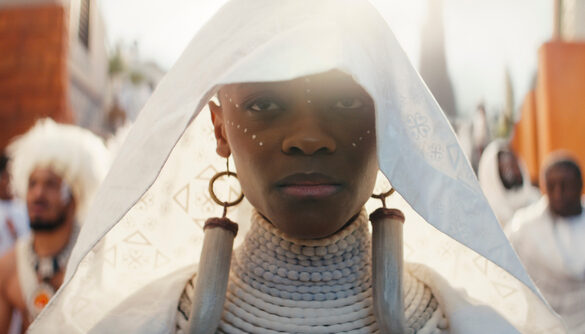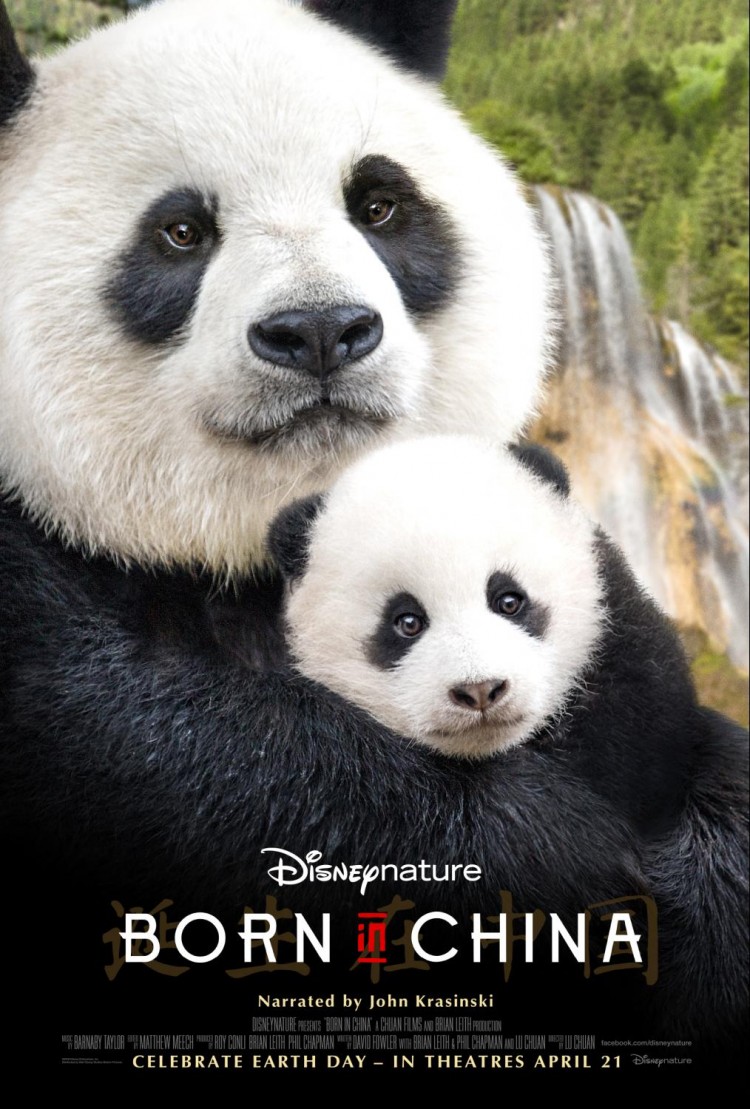 The beauty of DisneyNature movies is their ability to take audiences on a journey into untouched wildlife environments. These films draw an audience’s attention to the importance of protecting our world from pollution, over-development, and extinction. As such, each of these nature documentary films focuses on a different aspect of wildlife or environment from oceans and the earth itself to bears and chimpanzees.
The beauty of DisneyNature movies is their ability to take audiences on a journey into untouched wildlife environments. These films draw an audience’s attention to the importance of protecting our world from pollution, over-development, and extinction. As such, each of these nature documentary films focuses on a different aspect of wildlife or environment from oceans and the earth itself to bears and chimpanzees.
DisneyNatures’ Born In China takes a look at three of the native creatures of China: the majestic panda, the savvy golden monkey, and the elusive snow leopard. During the film’s press junket, I spoke to Roy Conli regarding the process of making this film, shooting the scenery, and what he hopes audiences take away after watching the film.
Though producer Roy Conli has a background in Disney Animation, he knew the story that he wanted to tell was going to have heart, drama, and humor. So in order to convey all of that, he suggested director Lu Chuan to have John Krasinski be the documentary’s narrator. “John has a voice where you don’t have to see his face in order to understand what he was thinking about,” said Conli. “I think he’s done an amazing job because I think there’s a warmth to him in person, he’s the sweetest most genuine guy.”
But Conli discovered that putting a documentary together was not like putting together one of his animated films. While in animation, a story starts by boarding, constant screenings, and revising before ending with a final cut, Conli says you kind of work backwards but somewhere they meet in the middle. But much of it is structured thanks to the cinematographers who are out there on the field. Conli calls them the unsung heroes of the film.
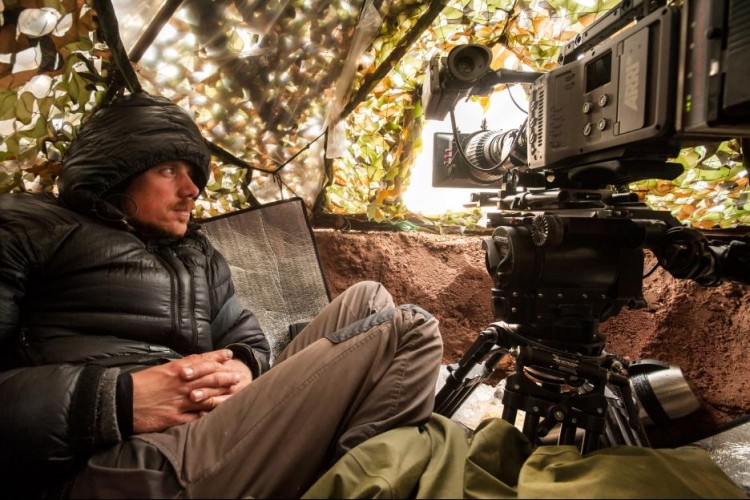
“Shane Moore was the cinematographer for the snow leopard unit, Justin Maguire who was on the panda unit and Paul Stewart filmed the monkeys and the cranes and the amazing Rolf Steinmann who you see at the end of the film filmed the chiru,” said Conli. “These guys are out there in the field everyday journaling what they are seeing. And that information comes back with the footage and from that, we start developing the story and we see what the relationships are.” For him, the animals are the characters of these stories, so the story is always changing depending on what kind of footage they have.
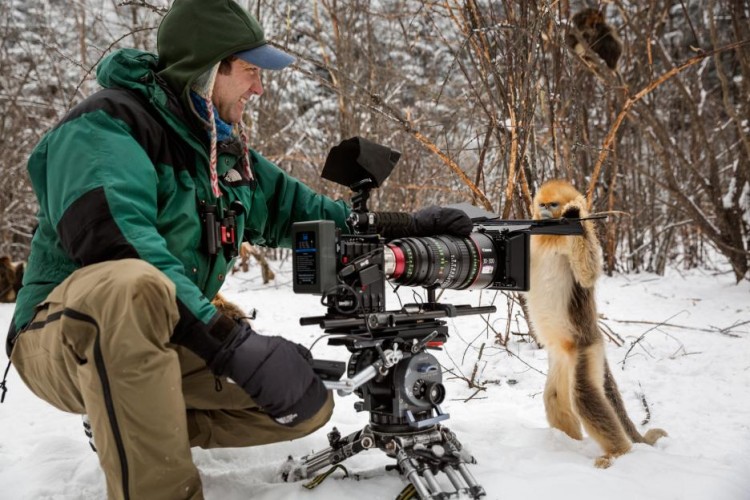
However, these cinematographers would never interfere with the animals or their natural habitat. For instance, Moore documented them at least from 400 meters away. While the lenses could shoot from great distances, he eventually was able to get closer to the subjects without scaring the leopards. “Slowly but surely there is a relationship that is built and that the cats know he’s not an enemy,” said Conli.
Moore’s method was to use his cameras as “traps,” which were hidden in different locations so that he could record their movements and track them. While the idea sounds simple enough, they actually didn’t get their first shot of the snow leopard until after the 90th day of the shoot. Not only that, getting there proved to be even more difficult. The location is ten days from Bejing because the crew had to climatize. Because it was 16,000 feet above snow level, they had to bring oxygen. That kind of environment doesn’t lend itself to an easy shoot. Still, Moore was able to obtain more than enough footage over the course of 254 days and four trips. “We are the only people who actually have cub footage which is amazing,” said Conli.
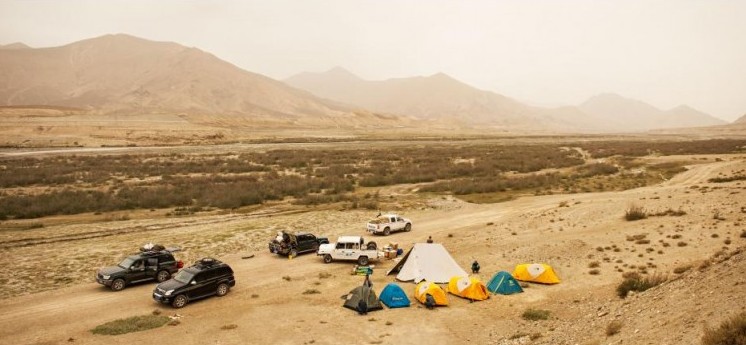
Still, Conli could not be more happy with the final product. While the animation and these true life adventures couldn’t be more different, the end result is the same. It draws out very strong emotions. “When I watch this film there is a moment where a tear will drip down my cheek,” said Conli. “But I admire those guys on the field who persevere.”
Ultimately, Conli hopes the younger audiences take away a sense of wonder after watching Born in China. He recalled watching the True Life Adventures that Disney produced between 1948 and 1960 and then were repurposed in Wonderful World of Disney in the 60s and into the 70s. Those were his introduction to the world of nature. And he was fascinated by all of it. So his hopes that kids “walk away with an equal wonder and fascination with the splendor of this amazing planet that we live in.”
Conli wants kids to also be educated about these animals and realize the importance of protecting them and their habitats. But he also wants them to be entertained. “I think those three things can touch your heart and you walk away and it will last forever,” said Conli. “It won’t last for a day, it won’t last for three days, it will last forever and that’s what as a filmmaker, I feel so lucky in my career to have worked on films that I know will last long after I’m gone.” And he also wants to share his love of nature with the parents. “I also want parents to get the wonder and the pride of the project for me is that it touches the hearts.” But in the end, Conli says “My hope is that kids will walk out of this film and want to know more.”
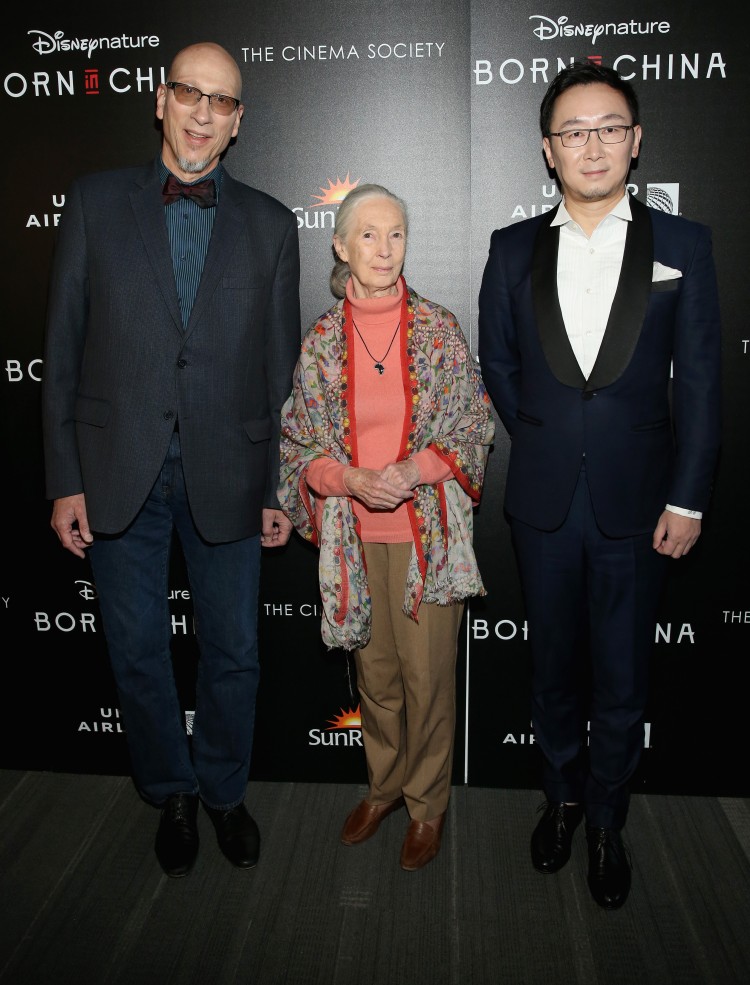
NEW YORK, NY – APRIL 08: Producer Roy Conli, Dr. Jane Goodall and Director Lu Chuan attend Dr. Jane Goodall, Director Lu Chuan And Producers Roy Conli And Brian Leith Arrive At The New York Premeire Of Disneynature’s “Born In China” at Landmark Sunshine Cinema on April 8, 2017 in New York City. (Photo by Monica Schipper/Getty Images or Walt Disney Studios Motion Pictures)

